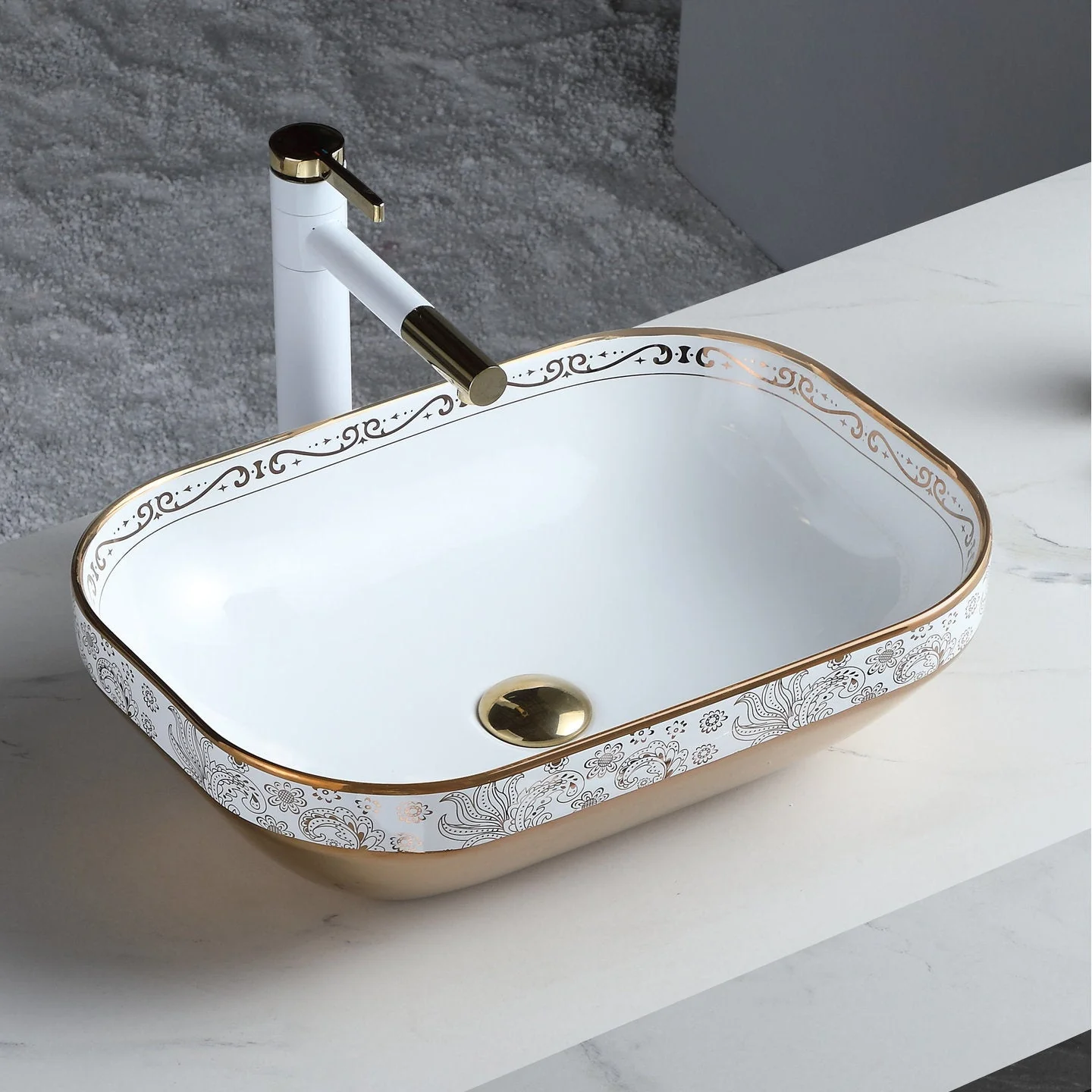Smart appliances enable users to control multiple devices from a single interface, increasing convenience and efficiency. But security must remain a top priority; manufacturers must employ data encryption, clear privacy policies and user consent protocols when manufacturing these devices.
Consumers are growing more accustomed to managing their lives via touchscreens and expect similar experiences from appliances like their stove, dishwasher and dryer. Advanced user interfaces must be efficient, user friendly and dependable in real-world use cases.
AI
AI integration in home appliances enables smart functions that maximize efficiency and user experience while improving maintenance by foreseeing potential problems and alerting users immediately, increasing longevity while simultaneously decreasing utility bills.
Additionally, robots can assist in diagnostics by quickly and accurately pinpointing the source of issues more quickly and reliably than human technicians can. This reduces repair time while improving first-time fix rates to increase customer satisfaction and customer retention rates.
However, using intelligent appliances can present some complex challenges. One concern is that they could infringe upon users’ rights, necessitating manufacturers to develop legal strategies in order to guarantee privacy is respected by their products. Another challenge lies in collecting data and developing software which often require significant investments; manufacturers are working on ways to reduce these costs by developing on-device AI chips that are both cost and energy-efficient; these chips allow smart appliances to process information instantly while responding accordingly to environmental changes and adapt performance accordingly.
Connectivity
Home appliance manufacturers are adding smart features to their products in response to increasing consumer demand, according to EVP and Head of Consumer Experience Team at Samsung Electronics Moohyung Lee. He describes this development as one that prioritizes sustainability and design.
Refrigerators equipped with touchscreen displays offer users remote access to check their fridge’s contents remotely and can even be set up to automatically reorder groceries when supplies run low. Furthermore, such refrigerators may warn users about potential food spoilage or recommend recipes based on what’s already stored there.
On-device AI chips can process data real time to understand complex commands and contextual cues in real time, making appliances operate more efficiently by scheduling run times to fit a user’s schedule, taking advantage of cheaper off-peak energy rates or maximising solar energy use. They can also monitor appliance performance to detect problems early and predict when maintenance or replacement may be required – raising questions of privacy which is an important consideration among consumers.
Energy efficiency
Energy efficient appliances consume less electricity than their conventional counterparts to deliver improved performance at reduced prices, leading to significant household energy bill savings. Thanks to advances in insulation and compressor technology, new refrigerators, washing machines, and dishwashers use half as much power as their counterparts manufactured 20 years ago.
Stringent minimum energy performance standards help shift market demand towards more energy-efficient technologies. National standards offer economies of scale for manufacturers while helping to keep consumer costs under control.
Sustainability is an increasingly crucial consideration in home appliance design, with innovations pushing boundaries in this regard. Samsung recently unveiled Core Tech principles to guide its future devices – showing how innovative solutions can revolutionize consumer interactions with technology. Read on to gain more insight into Samsung’s vision and discover how this tech might transform your life and home!
UIs
Home appliance industries face numerous obstacles when developing and producing new products, not least meeting customer demand for sustainable features such as energy efficiency, resource conservation and durability. Furthermore, designing appliances to fit comfortably into consumers’ lifestyles without necessitating substantial adjustments in existing habits is another major challenge they must confront.
Modern appliances feature advanced user interfaces such as voice recognition, touchscreens and touchless controls. Some devices even use haptic feedback for non-visual confirmation of user input and error alerts – this technique uses actuators to send vibrations with variable intensities which create an immersive experience.
As efforts to empower consumers to repair their own appliances increase, it is vital to comprehending any behavioural biases that lead to premature appliance replacement decisions. We conducted a study aimed at understanding these dynamics by testing the usability and acceptability of EVIDENT serious game. Our results indicate that using this tool in future research can improve home appliance user interfaces’ usability and accessibility.




